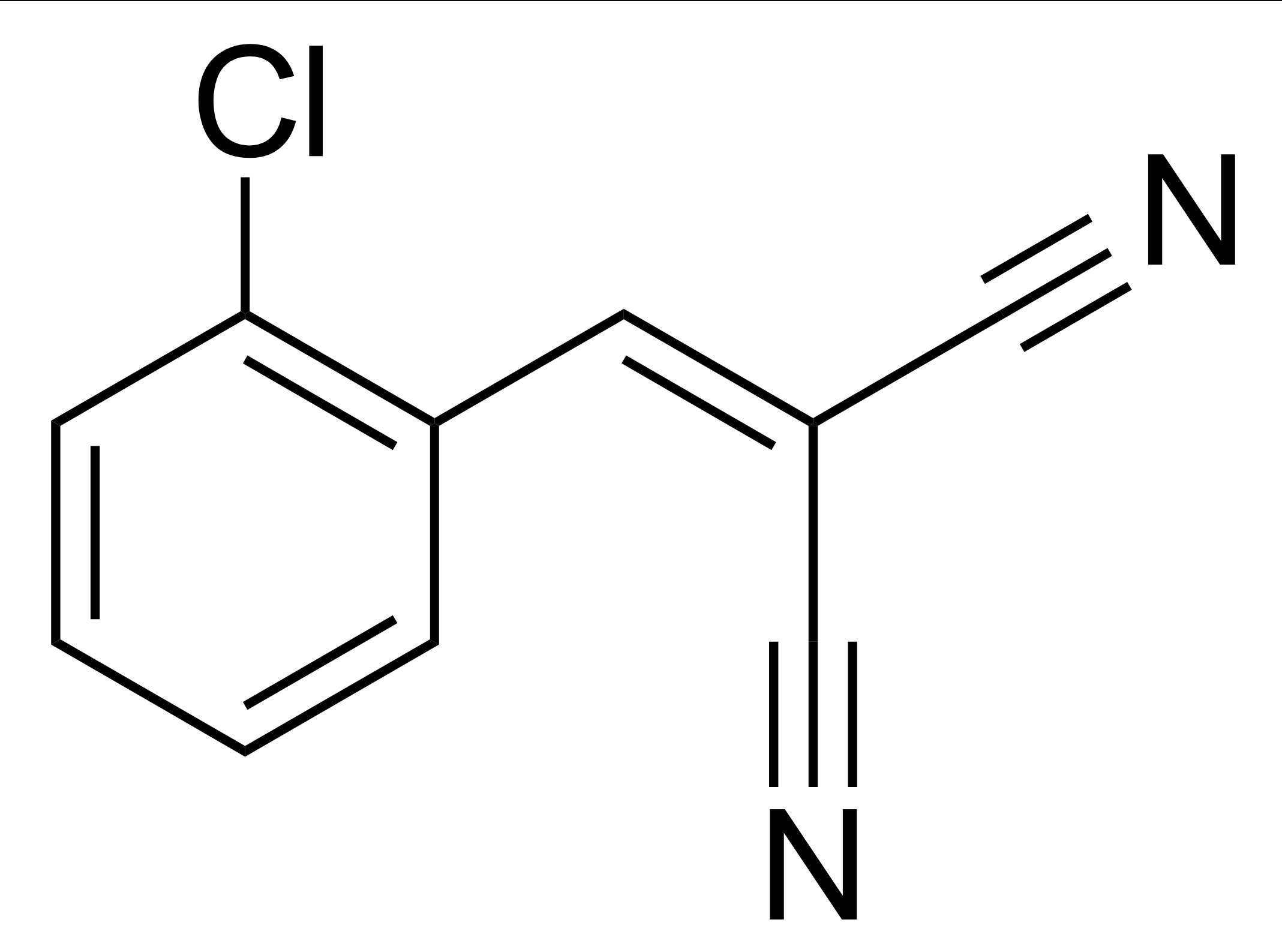These are the health effects of tear gas
Tear gas can kill, but exposure can also cause chronic respiratory difficulty and severe eye injuries for months and potentially years after
Rose Pineda via Wikimedia
A tear gas canister contains a few different things. Primarily they are made of an irritant, most commonly 2-chlorobenzalmalononitrile (CS). Another irritant, 1‐chloroacetophenone (CN) was common until the 1980s, but it was found to not be potent or stable enough. A common composition for a complete tear gas cocktail is 45% CS, 30% potassium chlorate, 14% epoxy resin, 7% maleic anhydride, 3% methyl nadic anhydride, with some small residual ingredients. Although CS is the main cause of pain and irritation, all these ingredients have their own inherent toxicities. Potassium chlorate, for instance, cause burns and irritation itself, and can cause anemia if inhaled.
Tear gas agents like CS and CN function by interacting with TRPA1, a receptor protein expressed on the surface of nociceptors, pain-sensing neurons. In a way that's similar to how strong mustard makes your nose burn, tear gas agents bind to these proteins at minuscule concentrations, tens of thousands of times more potently than mustard, over-activating nociceptors. Tear gas causes extremely painful burning and irritation in the eyes, mouth, nose, and respiratory tract.

The chemical structure of tear gas irritant 2-chlorobenzalmalononitrile
Via Wikipedia
People exposed to tear gas were at risk for at least three months post-exposure for chest tightness, difficulty breathing, and chronic bronchitis. Severe exposure can cause edema and respiratory arrest leading to death as well. The CDC reports that tear gas can also kill due to severe burns in the respiratory tract. Other effects include corneal abrasion in the eye, glaucoma, and nerve damage. Deaths from deploying tear gas have also been reported after their use in prisons. A four month-old infant developed pneumonitis after two to three hours of exposure to tear gas, when police fired canisters into a home trying to arrest an adult there.
Tear gas was banned in warfare under the 1993 Geneva Protocol. Police continue to use it domestically, in order to avoid using more lethal tactics for crowd control.





















